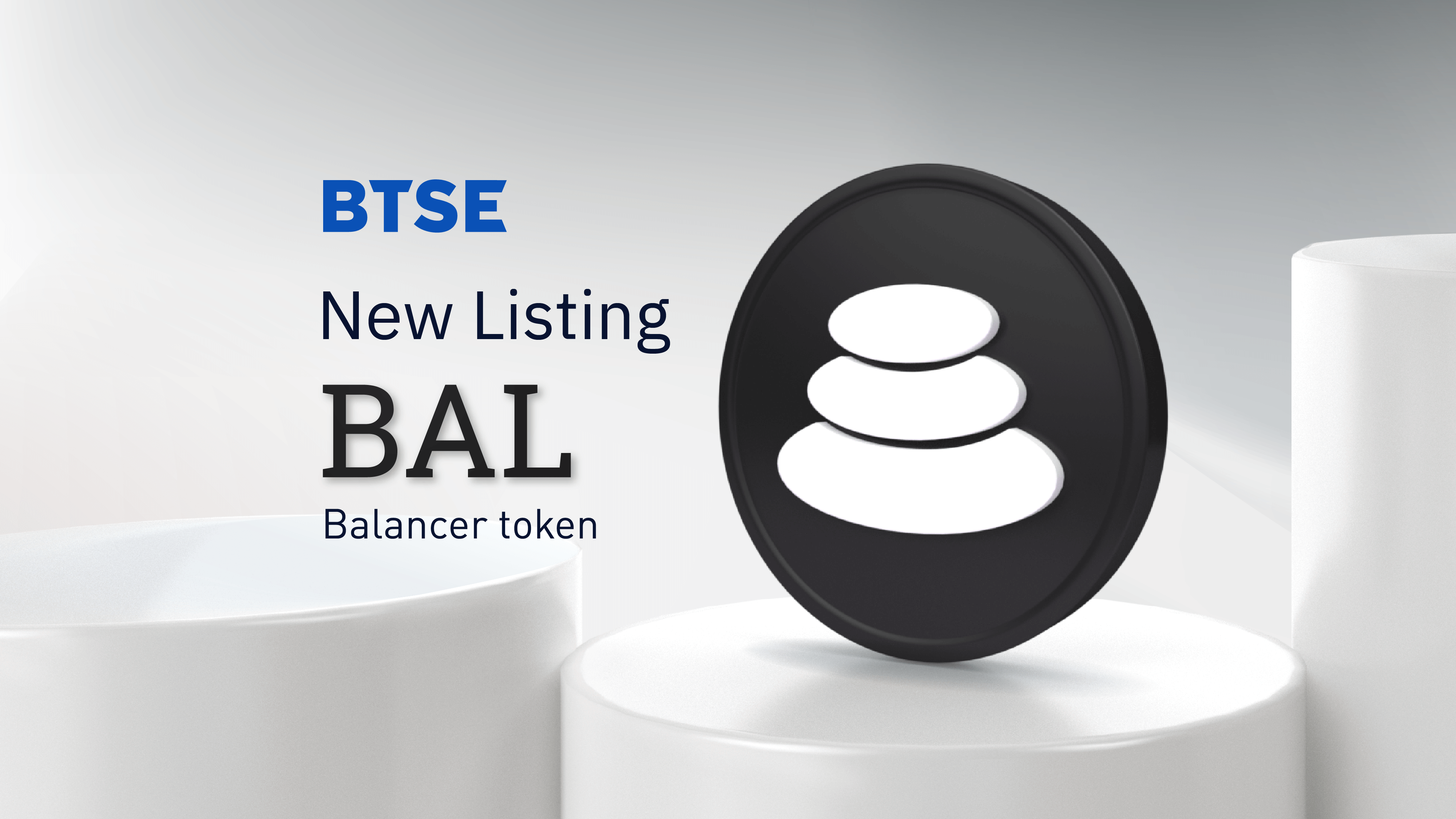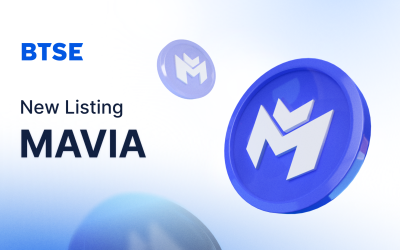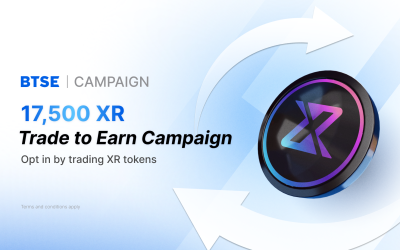Balancer’s latest stable pools and planned Layer-2 Polygon solution launch are expected to drive project growth and further user interest in the AMM project.
BTSE has listed Balancer (BAL), the governance token of the Balancer Protocol, adding to the range of cryptocurrencies available to users on the multi-currency digital assets exchange.
The Balancer Protocol, an Ethereum-based Automated Market Maker (AMM), enables anybody to gain transaction fees and provide liquidity to customizable pools. Its method is modifying the classic product AMM model that allows trading fees and any number of tokens in any quantity.
Another way to consider Balancer is as an inverted ETF. That is, rather than making a payment to asset managers to rebalance one’s account, one receives payments from investors who rebalance that account continually by looking for arbitrage prospects.
The protocol’s governance token, BAL, may be utilized to vote on key concepts and also guide the protocol’s direction. The total supply of BAL tokens is limited to one hundred million, with 25% of that supply allocated to its team, developers, and shareholders. Liquidity mining is used to disperse the remaining funds to the network.
Balancer Pool: What Is It?
A Balancer pool is a self-balancing fund and stable portfolio operated by an AMM with specific essential features.
It is similar to index funds in that funds are redistributed on a routine basis depending on asset prices and performance. An index fund is a typical financial product that assists traders in hedging against volatility by preserving a portfolio’s risk exposure at a manageable level.
The governance token, BAL, is awarded to users who increase the platform’s liquidity via a DeFi concept known as liquidity mining.
What Purposes Does the Balancer Protocol Serve?
Traders and liquidity providers are two key groups of participants who can profit from Balancer. Individuals taking part in shared pools or have Balancer pools are known as liquidity providers. Traders on the protocol are simply those trading tokens on the exchange by buying and selling ERC-20 assets.
Without the need for time-consuming portfolio rebalancing, liquidity providers can gain wide
Balancer’s Modus Operandi
The Balancer pool, the primary component of the Balancer Protocol, is a market-making portfolio devoid of external control or interference. Each asset has its value and may be exchanged for other assets in the Balancer pool. One might, for instance, create a Balancer pool containing triple assets in the order listed: 25% USDT, 25% ETH, and 50% DAI.exposure to various crypto assets and diversify risks. At the same time, they are able to generate passive revenue by utilizing the ERC-20 assets that are now lying dormant in their accounts.
Traders can trade tokens, access a wide variety of pools, and benefit by changing rate discrepancies on Balancer with several other markets.
BAL token has a market cap of around $200 million and 0.02% market cap dominance as of July 12, according to CoinGecko. Its circulating supply is nearly 11 million tokens out of a max supply of 43.4 million. BALʼs market price is $19.21 (July 15), with an all-time high of $74.45 in May this year.
Retail traders can benefit from using Balancer Protocol by exchanging tokens at low slippage and favorable conversion rates.
The goal of the Balancer pool is to produce a continuous cost function for its own token balances. Thus, if the comparative values of the assets fluctuate, the pool is readjusted to keep each asset’s percentage of the total portfolio value constant.
In a pool, each transaction produces a charge for the pool proprietor. When a new Balancer pool is formed, the pool proprietor can set the charge as a certain amount of the trade volume.
Our aim is to create a platform that offers users the most enjoyable trading experience. If you have any feedback, please reach out to us at feedback@btse.com or on Twitter @BTSE_Official.
Note: BTSE Blog contents are intended solely to provide varying insights and perspectives. Unless otherwise noted, they do not represent the views of BTSE and should in no way be treated as investment advice. Markets are volatile, and trading brings rewards and risks. Trade with caution.






